
- Collection of
- Edo-Tokyo Museum
- Title
- Takashima Ohisa
- Collection ID
- 16200004
- Creator
- Kitagawa Utamaro
- Creation Date
- 1793 18世紀
- Size
- 38cm x 25cm
- Edo-Tokyo Museum Digital Archives
- https://www.edohakuarchives.jp/detail-1021.html
Other items of Edo-Tokyo Museum (19971)

Edo-Tokyo Museum

Pipe
Edo-Tokyo Museum

Tibetan People (No. 190)
Edo-Tokyo Museum
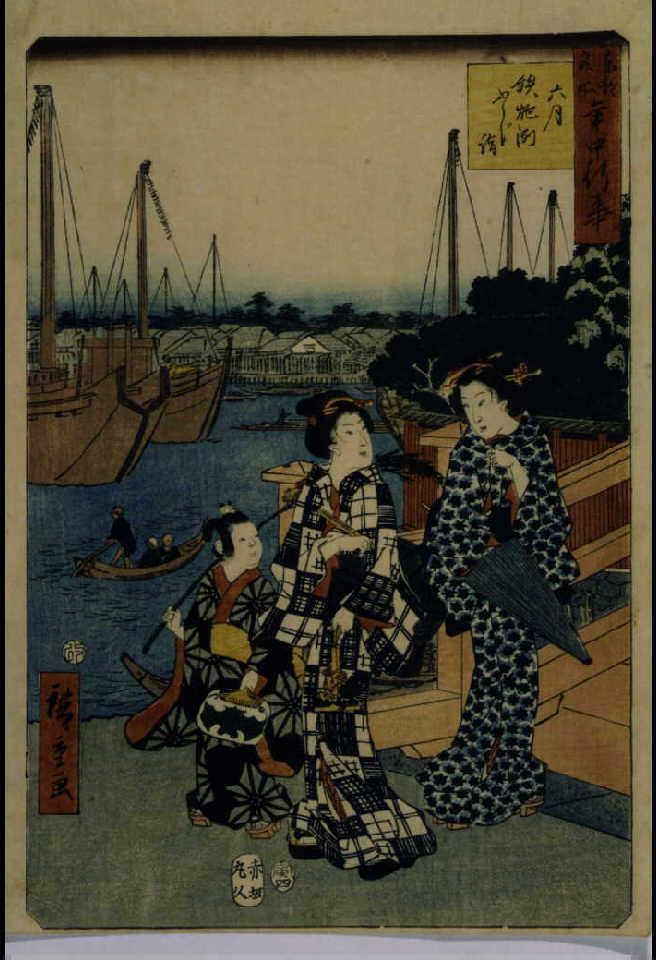
Famous Views of Annual Events in the Eastern Capital: Sixth Month Shrine Visit to Teppozu
UTAGAWA Hiroshige
Edo-Tokyo Museum

Leather Pocket Tobacco Pouch and Pipe
Kawanabe Kyosai , Chikushin , Kano Natsuo
Edo-Tokyo Museum
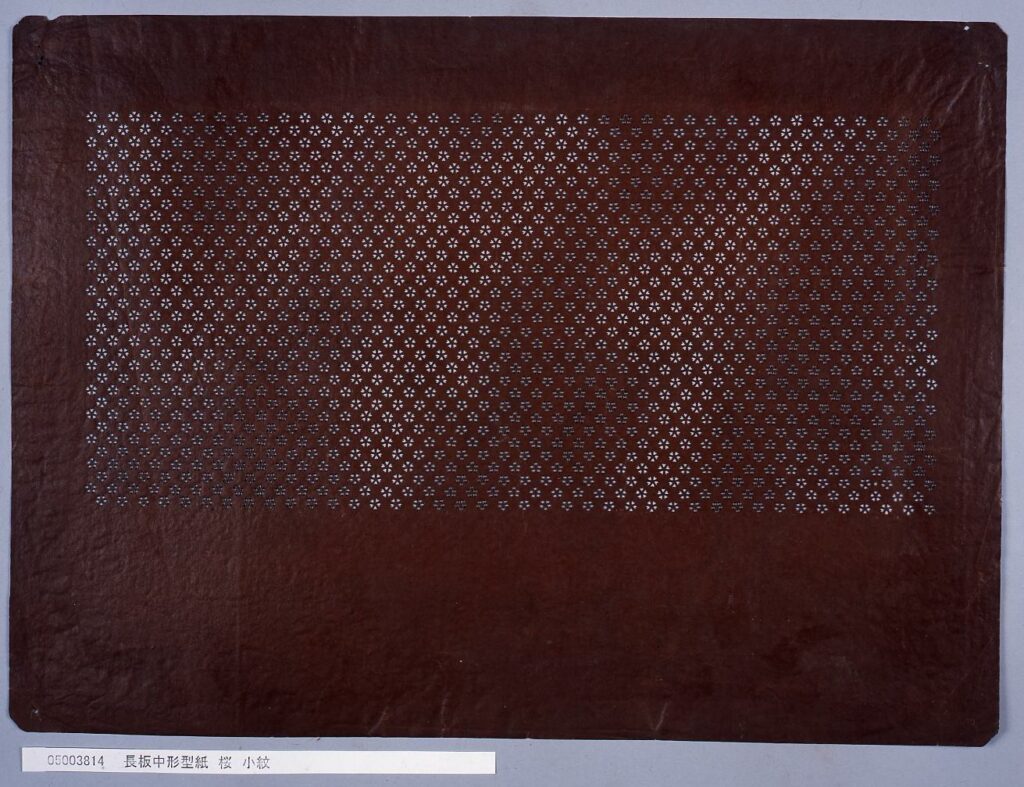
Edo-Tokyo Museum
![作品画像:[夜桜]](https://museumcollection.tokyo/wp-content/uploads/2023/05/502292-L.jpg)
Night View of Cherry Blossoms
Edo-Tokyo Museum
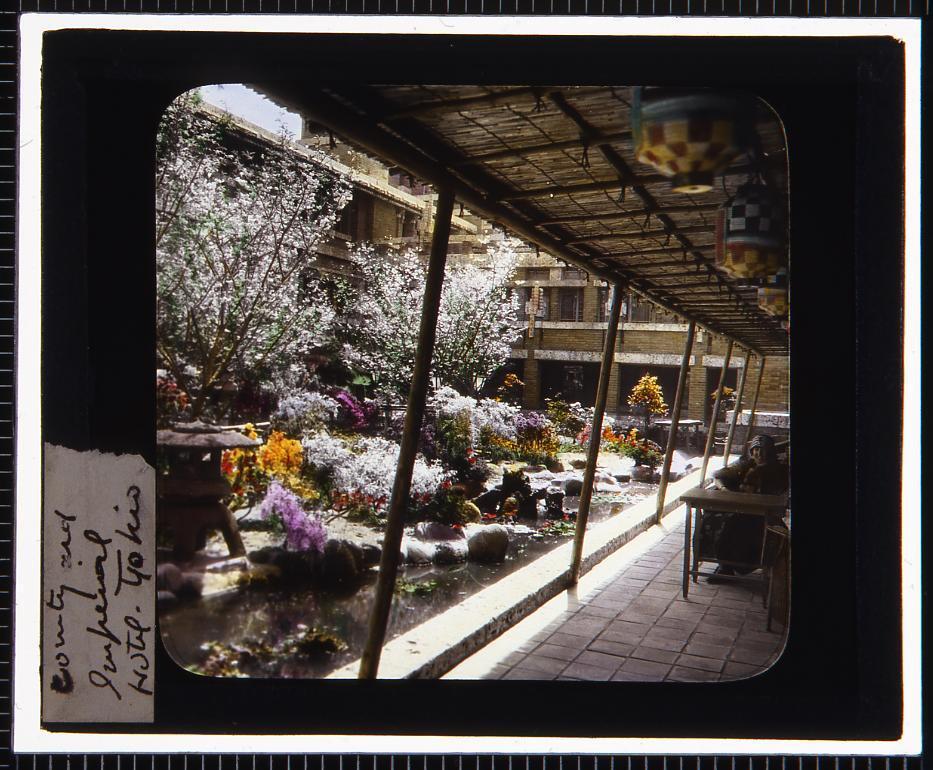
Edo-Tokyo Museum
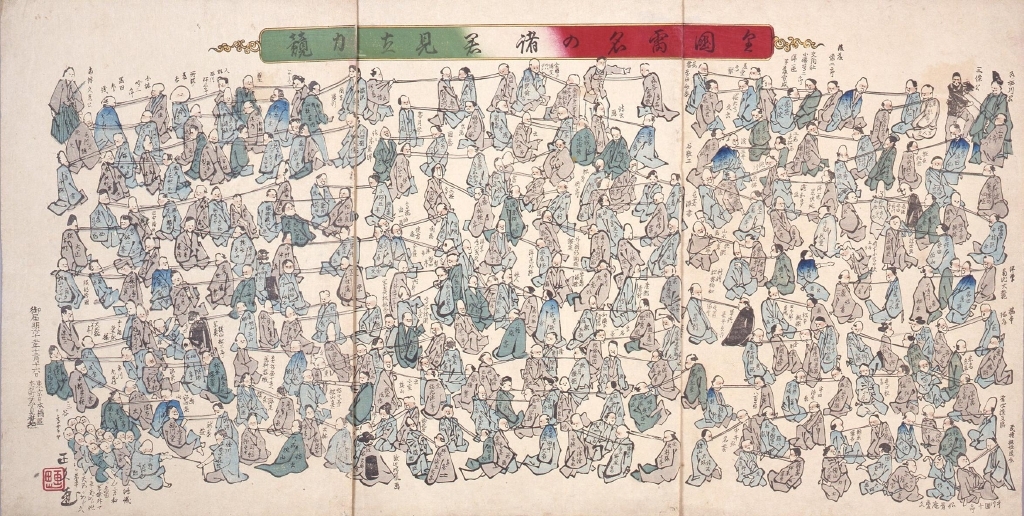
Edo-Tokyo Museum
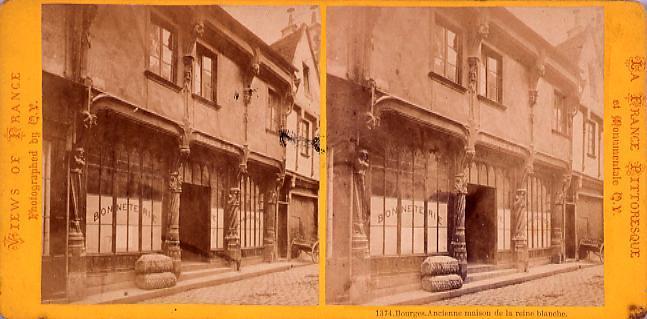
Edo-Tokyo Museum
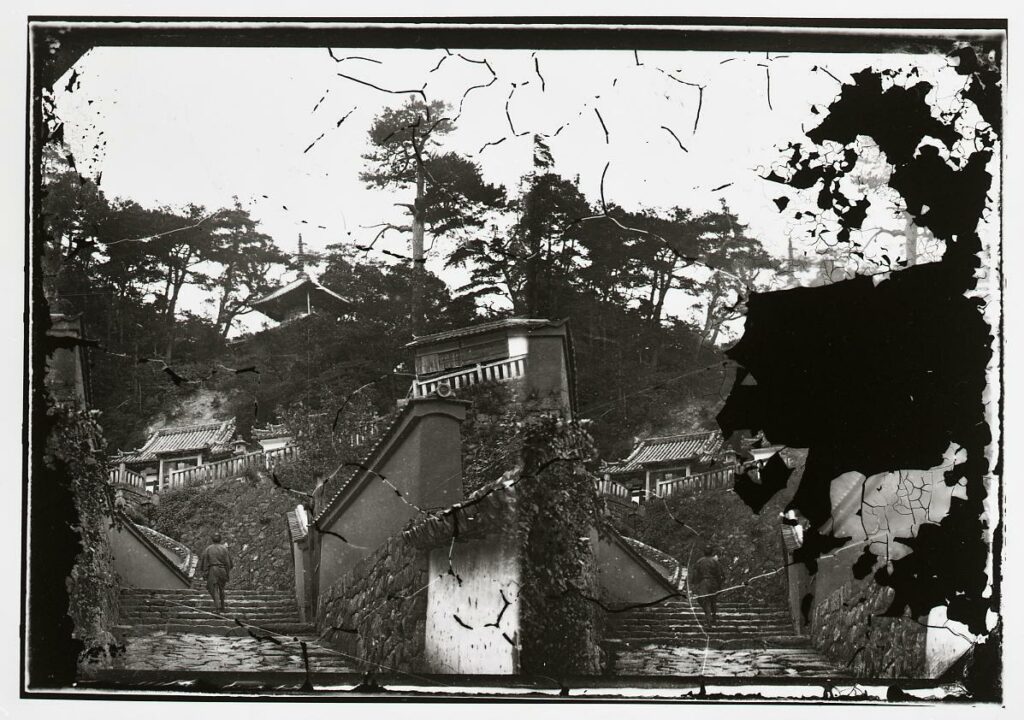
Shigisanji Temple Bishamondo Hall Tower
Yokoyama Matsusaburo
Edo-Tokyo Museum
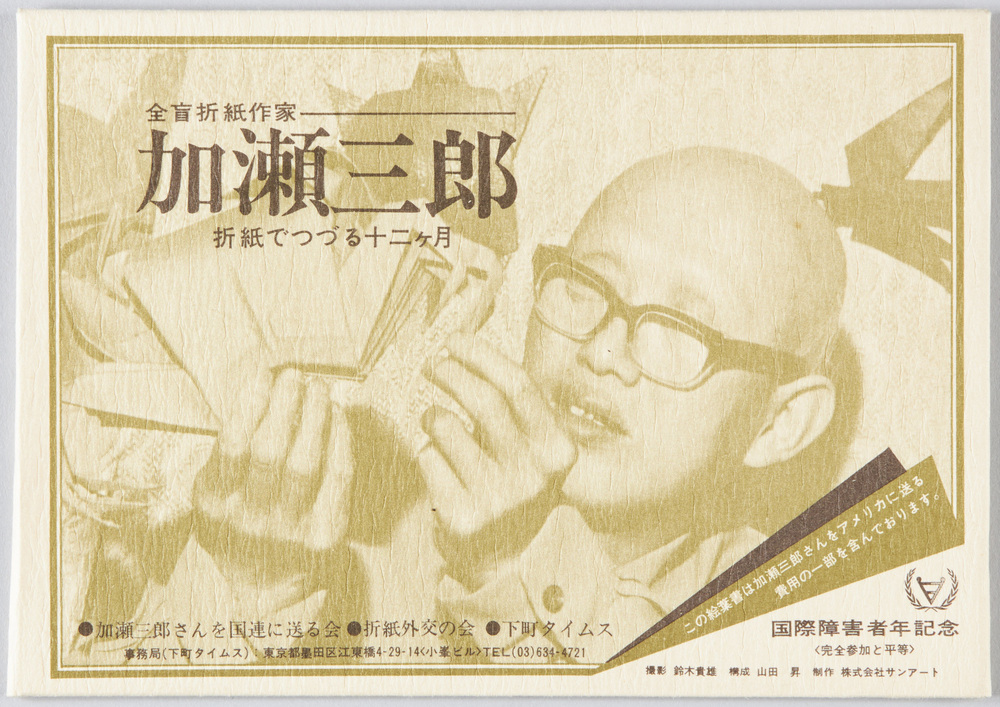
Twelve Months Expressed with Origami by Totally Blind Origami Artist Kase Saburō
Edo-Tokyo Museum
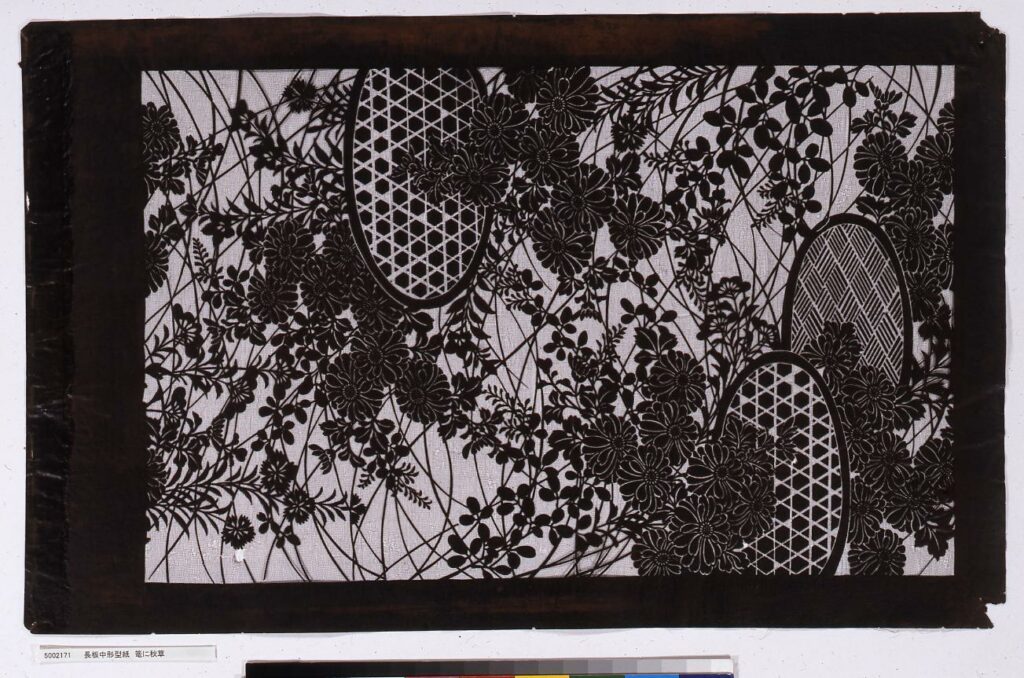
Edo-Tokyo Museum
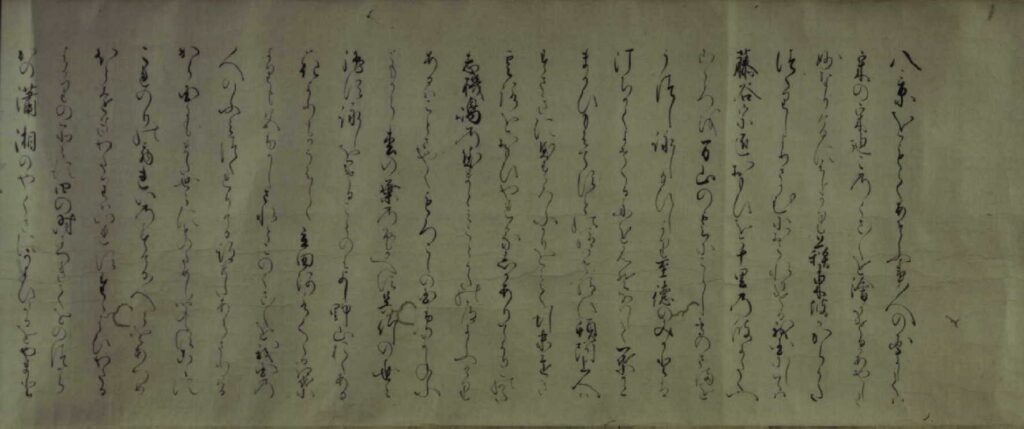
Edo-Tokyo Museum
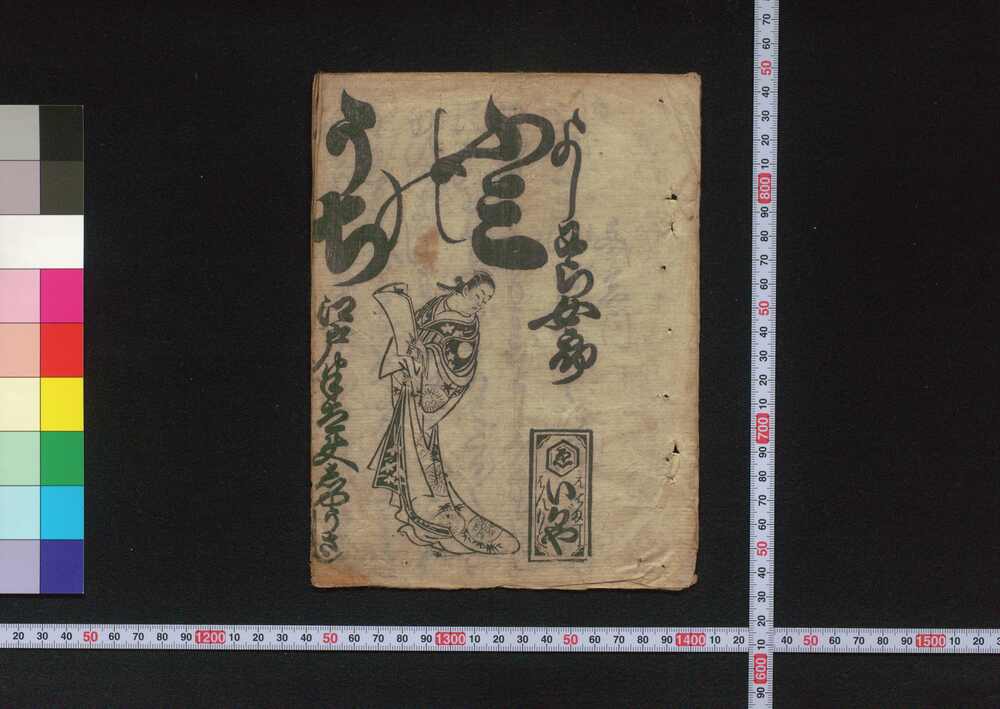
Yoshiwara Jorō Fumi no Uchi (Jōruri Libretto)
Edo-Tokyo Museum

Edo-Tokyo Museum

